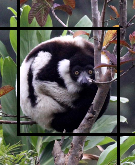Sabah Borneo (17 days in-country)
There is little doubt that Borneo is one of my favorite wildlife destinations, not only in Southeast Asia, but the planet! We ended up with over forty species of mammals and a tad over 130 species of birds and poop-loads of herps for the trip! We designed our trip there with few destinations but max-time-spent-per-destination as possible.
Be sure to check out the images below for a sample of the amazing species we saw in the wild in Borneo. Also, click the links below for more spectacular images of Borneo critters and landscapes!
Mammals of Borneo
Birds of Borneo
Reptiles & Amphibians of Borneo
Landscapes and Flora of Borneo

Kompasia excelsa tree along the Kinabatangan River, Borneo.
Kinabatangan River (seven full days)
Clearly one of the world’s great wildlife viewing destinations, Kinabatangan rarely disappoints. Due to the EXTREME environmental degradation in the surrounding regions, the wildlife is concentrated in most likely unnaturally high densities. While there we spent most of our time at the Sukau Rainforest Lodge which I can highly recommend – great food, wonderful atmosphere, splendid location with a very high eco-ethic effort. I really appreciated their electric motor boats and the willingness of their guides to go the extra mile for our needs. We ended up with a private guide for several of our days there – name Jumaidi – great guide and with a willingness to work on the “targets”.
Our sightings there included masked and common palm civets, lesser mouse deer, sambar (rare there!), plain pygmy, plantain, Prevost’s squirrels, tons of Bornean pygmy elephants, bearded pigs, silvered and maroon langurs, orang-utans, southern pig-tailed and crab-eating macaques, proboscis monkeys, smooth otters, wrinkle-lipped bats, lesser woolly horseshoe bats and over 90 species of birds and countless herps. One sad point – my first two days on the river I was recovering from a horrible spider bite and missed my one opportunity to see a Bornean clouded leopard which was spotted by my boat the one night I was too ill to go on a night cruise….. Many folks got some great shots of it however….
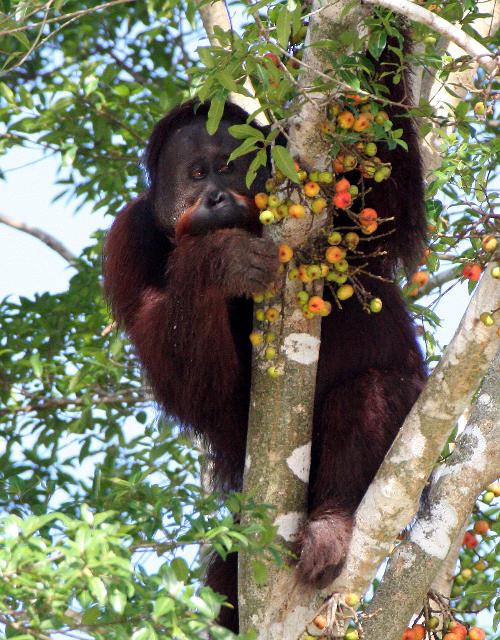
Even after our 17th wild Orangutan, we were still captivated by this amazing primate. I had seen Sumatran Orangutans in previous trips but this was my first sighting of the Bornean subspecies in the wild. With something around 20,000 to 30,000 orangutans left in the wild, the species is in jeapordy of extinction. We planned our trip to Borneo to maximize our chances of seeing them in the wild feeding on their favorite fruit, figs. August is the time to see them doing their thing as the Ficus are in fruit.

????

As a scientist, I always remember my old professors' admonitions about anthropomorphising animals, but this romantic interlude was so dang human in its tenderness and romance! Thise two Bornean Pygmy Elephants spent the better part of an hour cuddling eachother and purring. But when the male attempted the mount the female in front us, the female looked at us and smacked the male in the face with her trunk and gave a great bugle! In elephantese, I am sure she was saying, "Not now you idiot, we have an audience!"

???

???

???

????

????
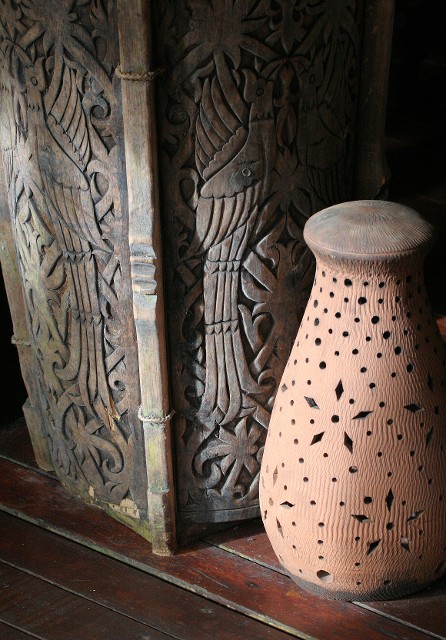
???

???

???
???
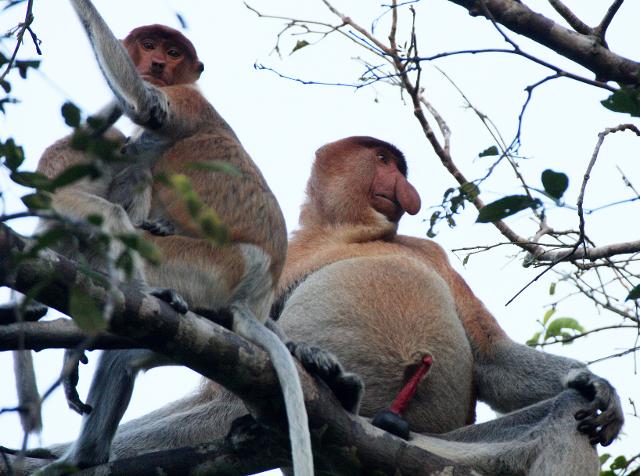
There is little doubt that one of the more unusual primates anywhere is the Proboscis Monkey, found only in Borneo. We enjoyed seeing various troops over the week-long stay along the Kinabatangan River in Borneo. Their distinctive grunts and amazing leaps between trees were always entertaining. And Cokie could not help but notice the "red chili peppers"!

Silver Langurs are evidently one of the more common Langur species found in Borneo, although we only saw a couple troops on the Kinabatangan River. We did get some quality sightings of them hanging around the lodge.

???

???

?????

???

????

Black Nest Swiftlet (Collocalia Maxima) at Kinabatangan River.

???

?????
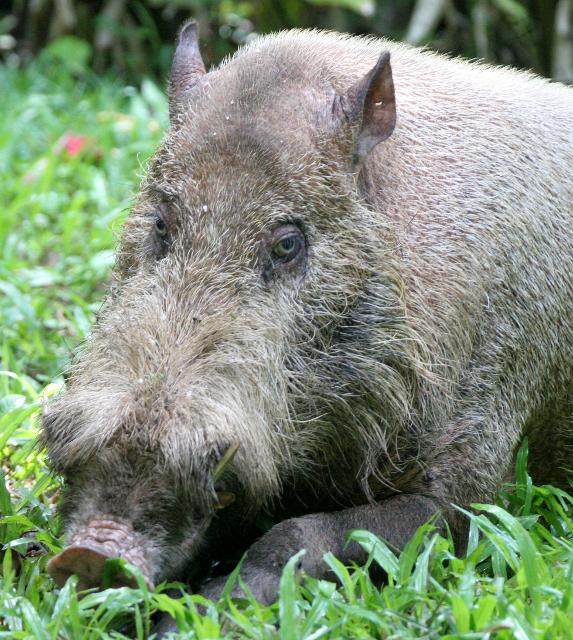
????
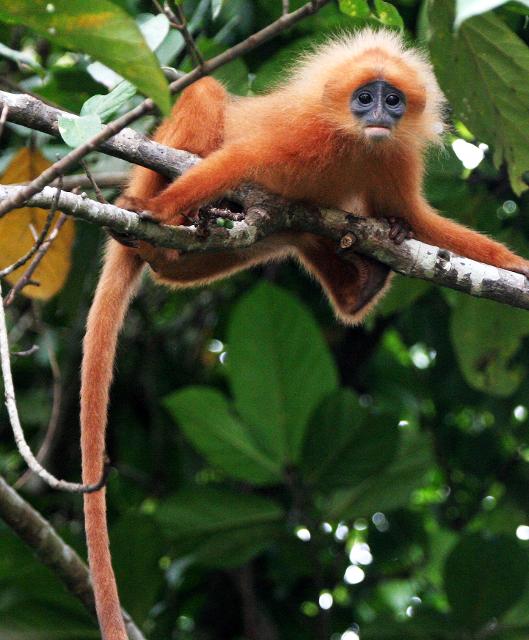
Maroon Langurs (Presbytis rubicunda ignita) are amazing. We saw both subpecies at two different locations on the island. This one was photographed hopping through the canopy along the Kinabatangan River. Troops numbering more than fifty were seen hopping their way through the forest highways.

???
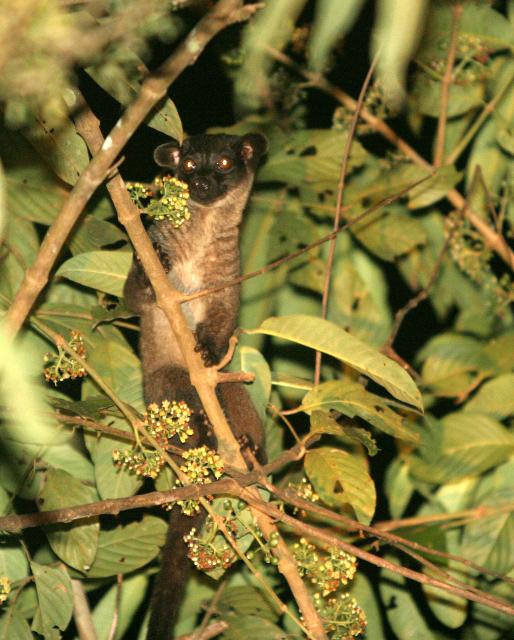
????

?????
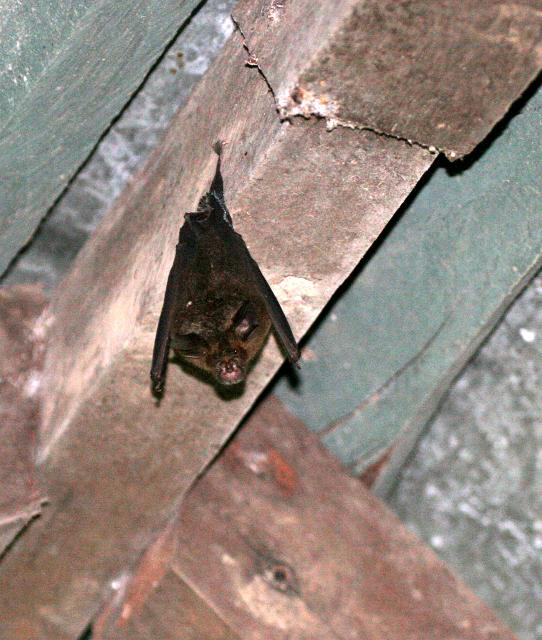
Bats were common in all locations in Borneo. Most of them remain unidentified but this Lesser Woolly Horseshoe Bat (Rhinolophus sedulus) was seen under the boardwalk at the Sakau Lodge.

The one night I was too sick (due to a spider bite) to go on the night safari, my boat guide saw this amazing Clouded Leopard along one of the tributaries of the Kinabatangan. I was heartbroken! This image is from a really nice Italian lady whose name I need to research to give appropriate credit.

???

?????

Tabin Wildlife Preserve (5 full days)
We were very pleasantly surprised at the amazing variety of wildlife we were fortunate to see at Tabin. Although I have to admit our luck was in a large way NOT due to the horribly managed Tabin Lodge…oh my god! In all my years eco-traveling and leading safaris myself, I have never seen such a poorly managed lodge ever. The food was horrendous and they try to put all clients in the non-AC, rat-infested river-front cottages. Be sure to request the lodges on the hill – great spots! But we made the best of it as it really is the only comfortable lodging in the region. We were actually able to get some good safaris out of Jody while there and did have some great luck. Species encountered there included Hose’s langur, crab-eating and pig-tailed macaques, orang-utans (including “Toby”, a rather unsuccessful Sepilok release that refuses to sleep in trees and tries to board any car that passes by – a really sad sight to see…), Bornean gibbons, moon rat, lesser tree shrews, masked, common, small-toothed, Malay civets, binturong, Malaysian field rat, Bornean Pygmy elephants (heard only), bearded pigs, oriental small clawed and smooth otters, sambar, red giant and spotted flying squirrels, and Prevost’s, and ear-spot squirrels and at least 17 leopard cats along the road between the park and the surrounding oil palm fields – one of the few dividends of the oil palm plantations.

Leopard Cats (Felis bengalensis) were commonly seen during our stay at all the various locations in Borneo. Usually we only had a quick glmpse of this beautiful felid, but this one stuck around for at least 20 minutes hunting an Indonesian Field Rat, which it very skillfully nabbed right in front of us. The most fascinating part of the incident was how he presented the rodent to us for a brief second before bolting back in to the bush!

???

???
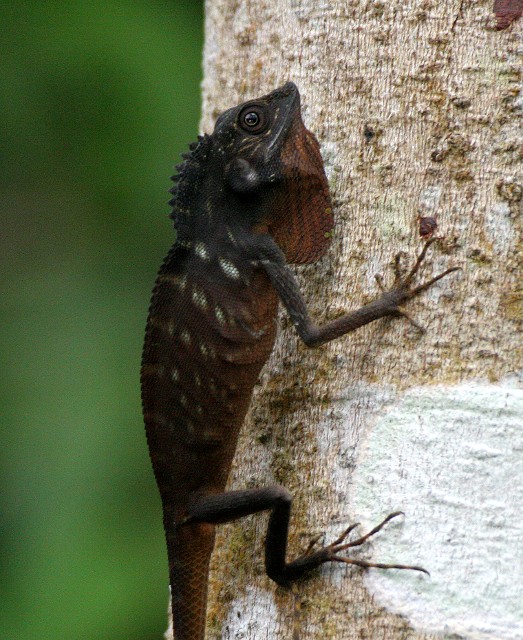
Crested Agamid Lizard at Tabin Wildlife Reserve. (Som Shot)
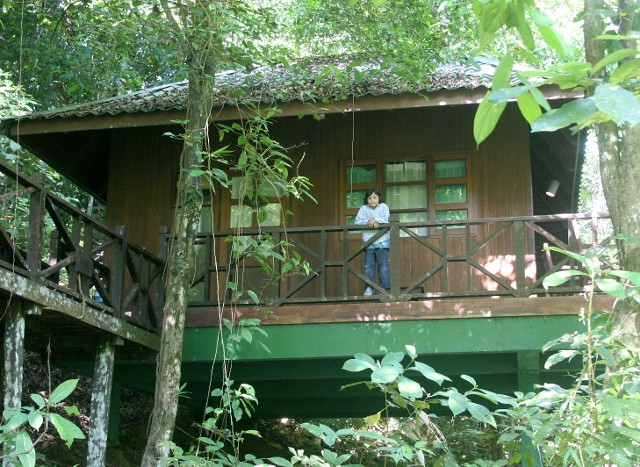
Our pad at Tabin Wildlife Reserve.

???

???
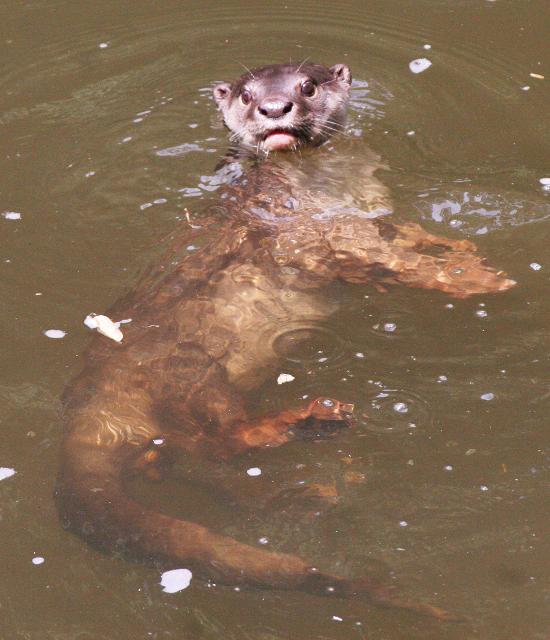
For several days, I was forced to share my swimming hole at Tabin with a group of about 30 or so Smooth otters. This one was screaming at me to buzz off so they could have the entire pool to themselves. We eventually reached an agreement - they would swim on one side of the hole and I on the other. This worked out well.
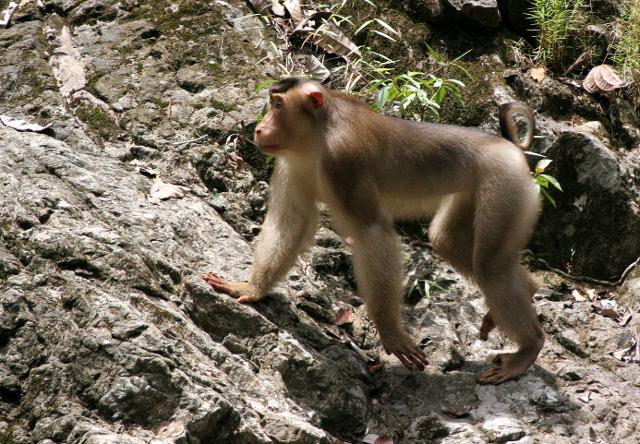
Once I saw the Southern Pig-tailed Macaques for myself, I was convinced that they were in fact different species than the Northern found on mainland Southeast Asia. This one in Tabin was an alpha male that owned the troop that regularly visited us at our lodge.
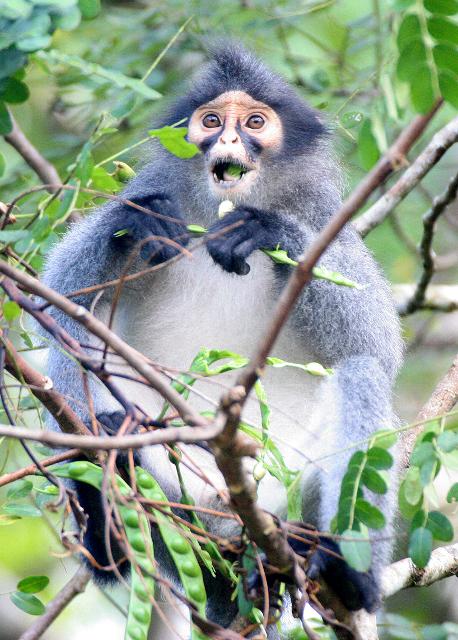
Hose's Langur (Presbytis hosei sabana) is one of the funniest looking critters on the island. They appear as if someone put clown makeup on them! This one at Tabin sat and ate his legumes peacefully while we photographed the heck out of him!

Gibbons in general are some of the most agile arboreal acrobats, but Bornean Gibbons (Hylobates muelleri muelleri) in particular are skilled acrobats and are definitely a blast to watch. We saw multiple family units in the various locations. This one is relieving himself in Tabin. His mate was gently training their 8-day-old infant in the canopy while this one put on his acrobatic display.
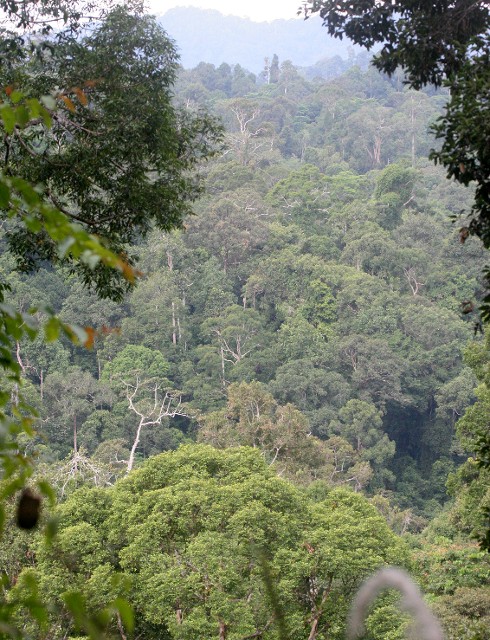
???
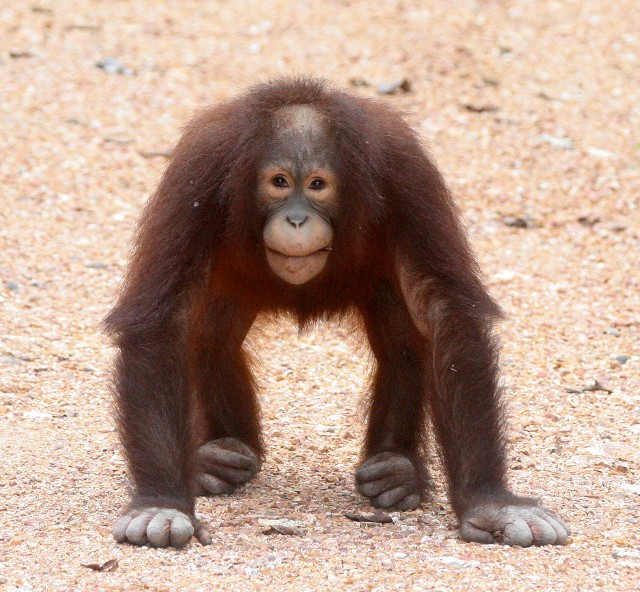
?????

????
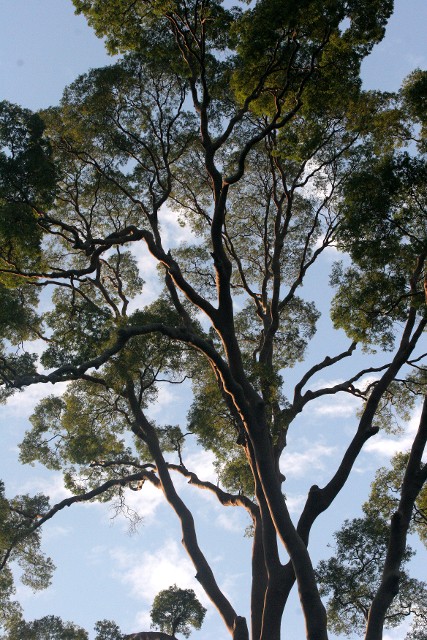
???
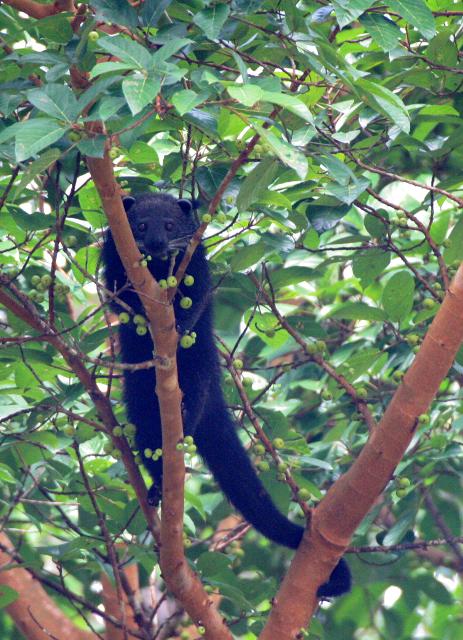
Seeing a wild Binturong (Arctictis binturong) munching wild figs in Tabin was one of the wildlife highpoints of the entire expedition. This one stuck around in the same tree for at least three days feeding on figs. We spotted him at least a half a dozen times at night and day!
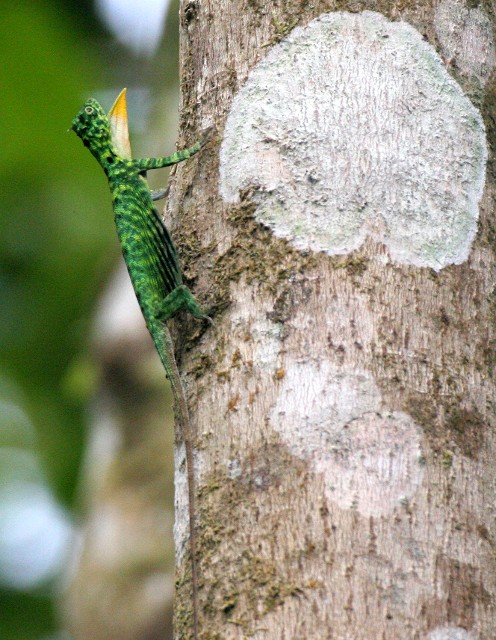
Gliding Lizard (Draco Species) at Tabin Wildlife Seserve.

????
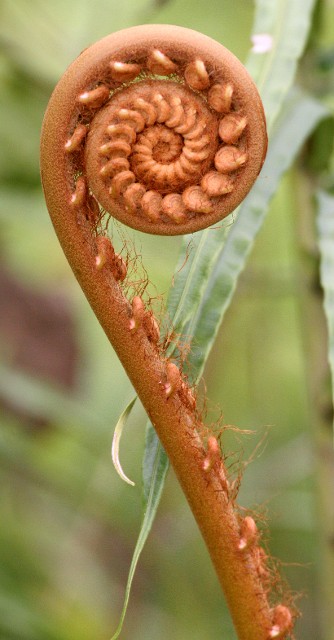
???
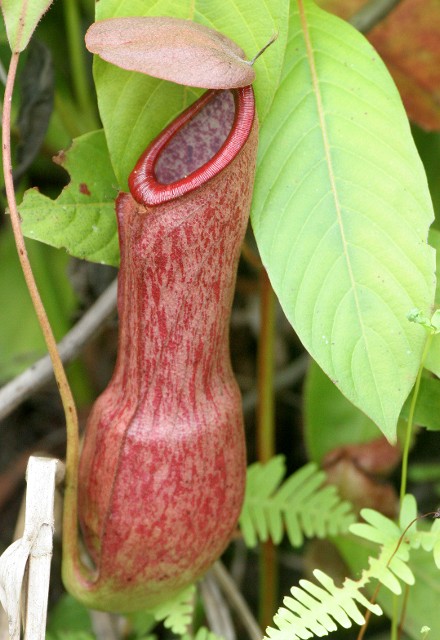

???

???

???

Tabin Falls and Swimming Hole

???
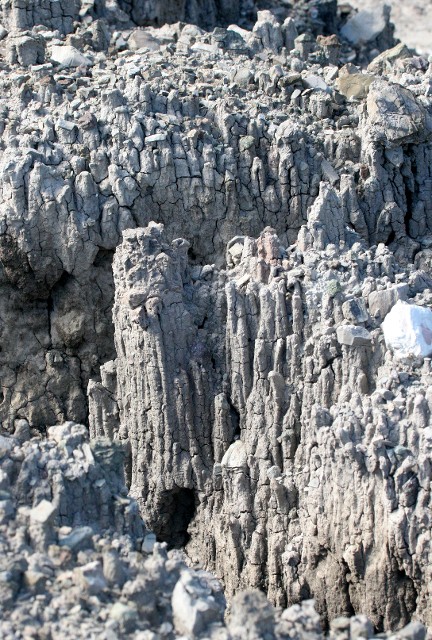
???
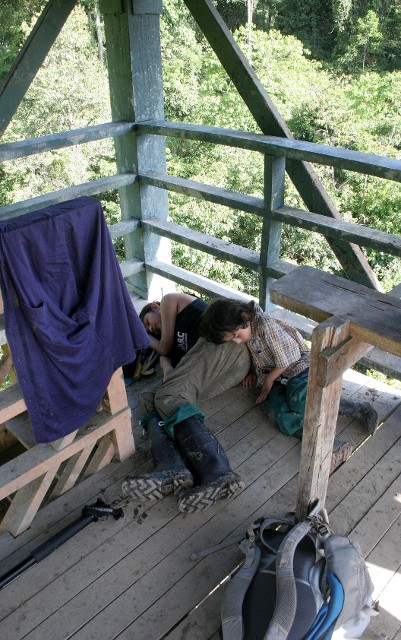
???

???
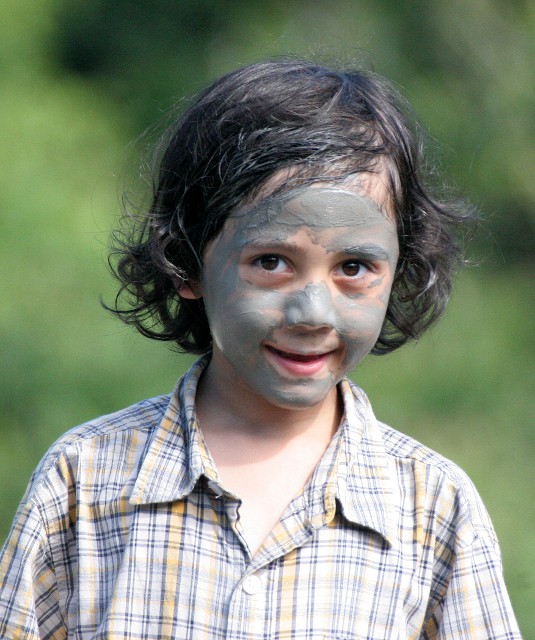
??
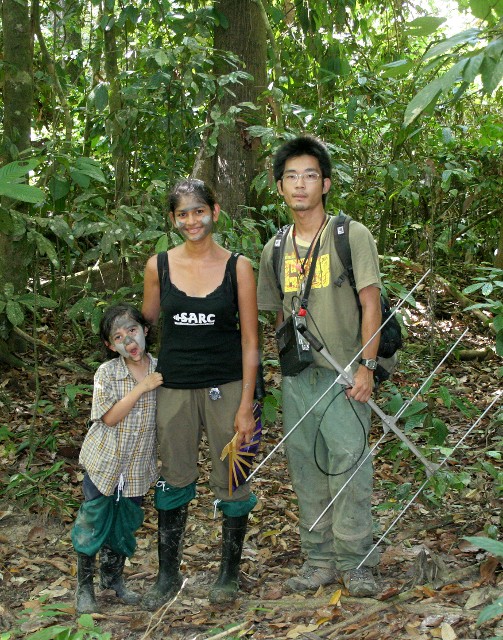
???
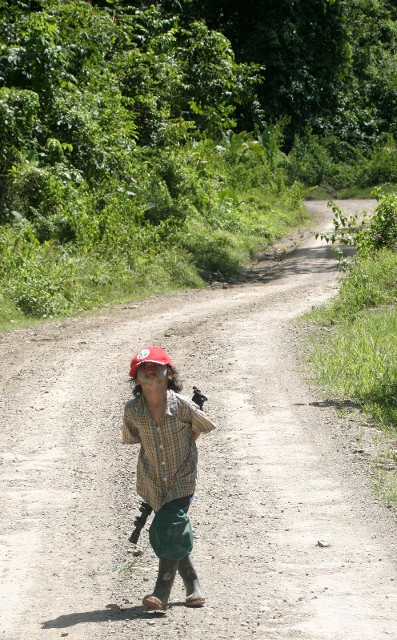
???

???
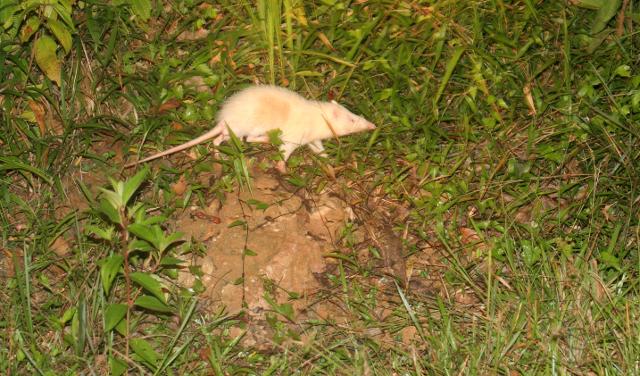
Supposedly Moonrats (Echinosorex gymnurus), the world's largest shrews, only come out during full moons. Luckily that is exactly what we had when we saw this one in Tabin.
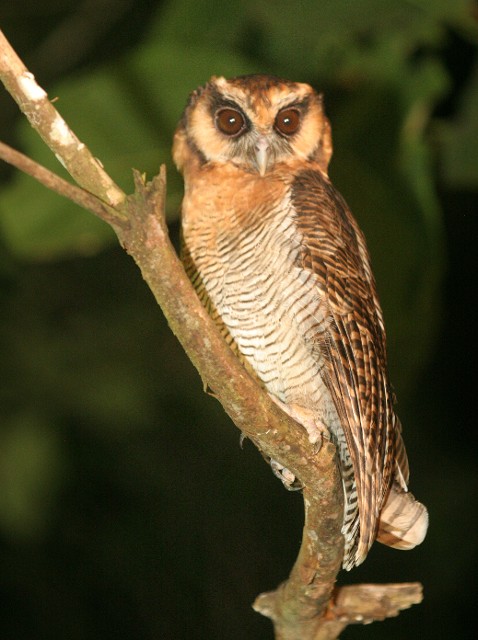
Brown Wood-Owl (Strix Leptogrammica) at Tabin Wildlife Reserve.

????????

????

Sunrise over the Danum Valley
Danum Valley Wildlife Area (5 full days)
Being one of the last remaining tracks of primary forest, the Danum offers great opportunities for wildlife watching! But also due to the maturity of the forest, seeing the wildlife is also more challenging than some other locations like the Kinabatangan and Tabin. We stayed at the Danum Valley Field Centerin their guest rooms which were more than adequate. The food was plentiful and OK. We did spend an afternoon at the famous Rainforest Lodge – wow! Talk about cush! We arranged a day trip there from Borneo Ecotours which included a guided trek to the canopy walk, dinner, a shower room (which ended up being the prime-minister’s suite!!!!!) and a night safari drive back to the DVFC. The night drive was fantastic – not necessarily due to the diversity of sightings, but because of the rig. The put us in the back of a Hylux with a padded teak bench safely secure to the back of the bed for my wife, son and I to relax and enjoy. And during the 45+ km drive back we had two experienced spotters nailing both sides of the roads. We were all fairly inebriated by the start of the trip and the party continued until after midnightwhen we finally arrived at the DVFC! Night drives are doable at the DVFC but having your own vehicle would be better as the rangers are not the best spotters. We hooked up with a couple with their own truck. This combined with my wife’s and my spotting experience, we were able to lock in some great stuff.
Sightings in the Danum included Orang-utans, crab-eating and southern pig-tailed macaques, Sunda slow loris, common, small-toothed, Malay civets, leopard cats, a new and distinct subspecies of maroon langur, tons of sambar, Bornean pygmy elephants, bearded pigs, giant, Prevost’s and plain pygmy squirrels, red giant, black and Vordermann’s flying squirrels, large flying fox, oriental small clawed otters and Bornean gibbons brachiating right in front of us at the cantina of the DVFC.

???

???

???

???
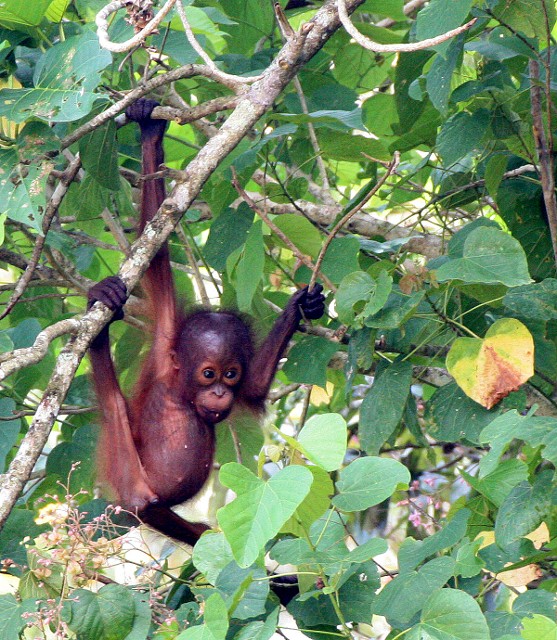
????

????

???
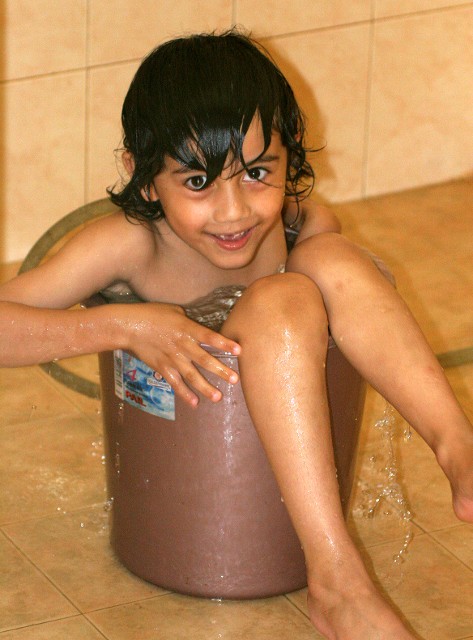
???

???
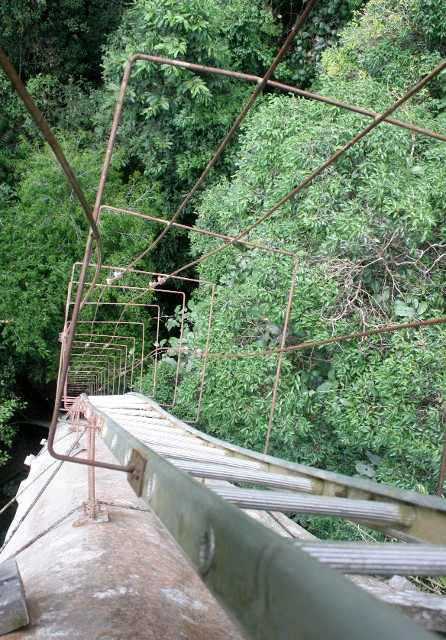
???

???

????

???

???

????

???
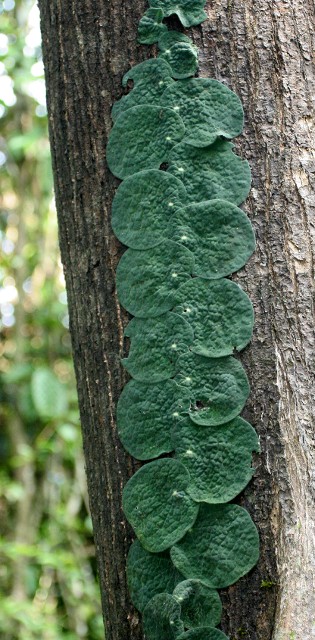
Climbing Plants

Birds Net Fern
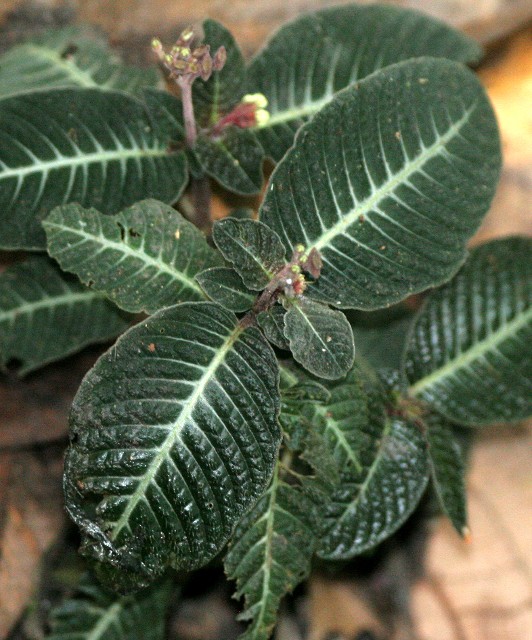
???
??
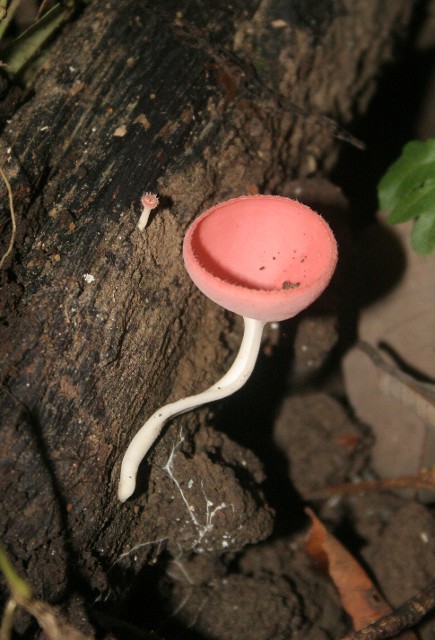
??
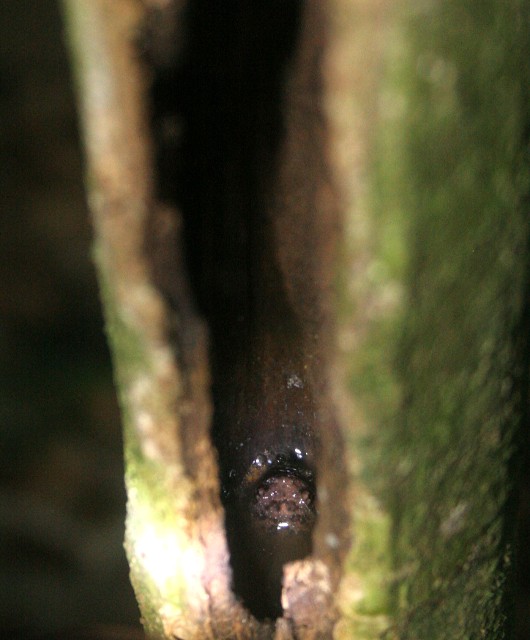
Unidentified frog species is liveing in tree trunk at Danum Valley. ???
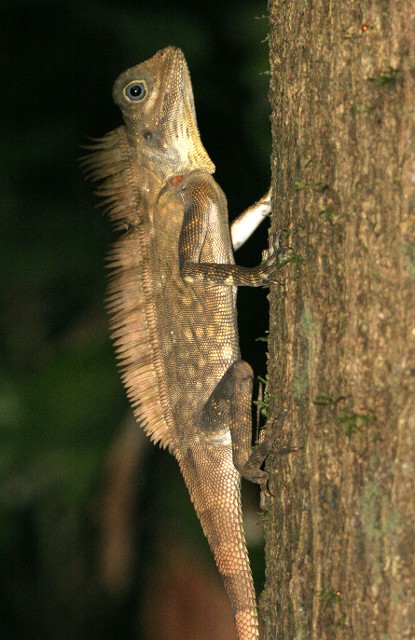
Combed Arboreal Lizard (Gonocephalus Bornensis) at Danum Valley.
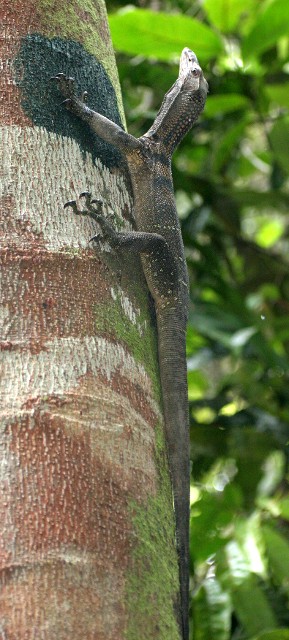
Rough Necked Monitor Lizard (Varanus Rudicollis) at Danum Valley

???

???
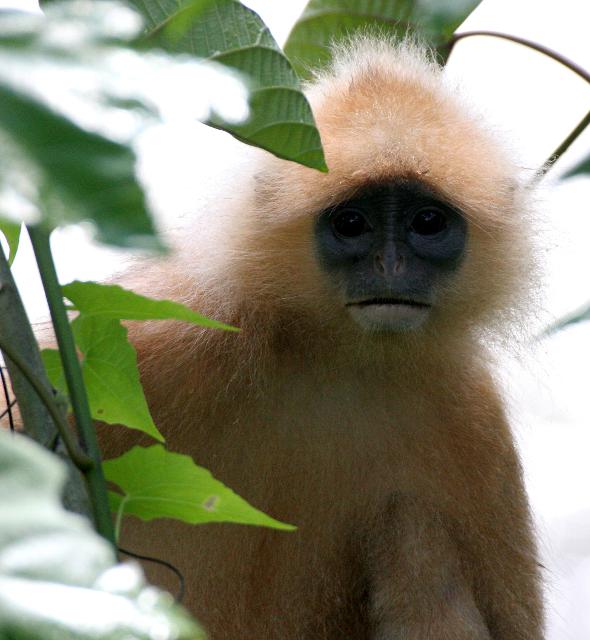
??????

????/
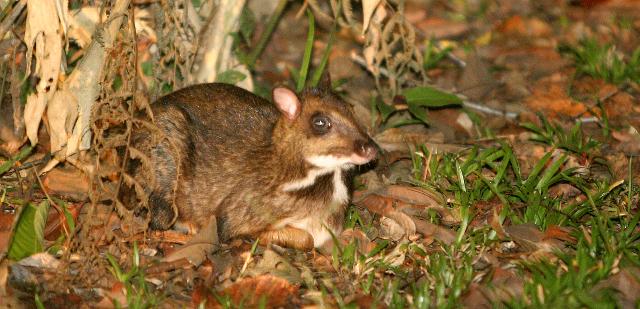
Greater Mouse Deer are definitely appropriately named. Hard to believe how tiny these little forest-floor dwellers really are. This one was frozen in fear when we approached him close enough to get this image in the Danum Valley.

?????
Be sure to check out the images below for a sample of the amazing species we saw in the wild in Borneo. Also, click the links below for more spectacular images of Borneo critters and landscapes!
Mammals of Borneo
Birds of Borneo
Reptiles & Amphibians of Borneo
Landscapes and Flora of Borneo
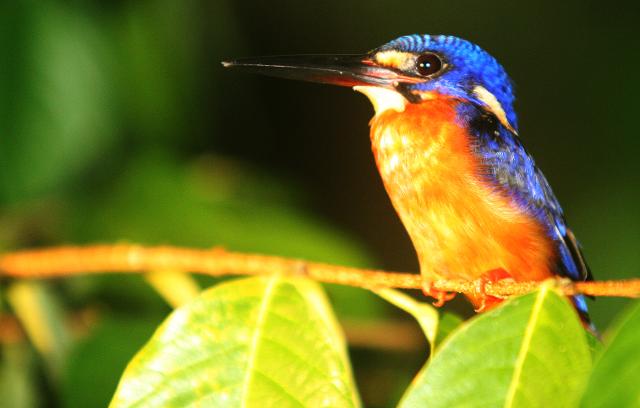
We saw loads of birds on this adventure. Blue-eared Kingfishers like this one were seen nightly sleeping along the banks of the Kinabatangan River.

Stock-Billed Kingfisher at Kinabatangan River.
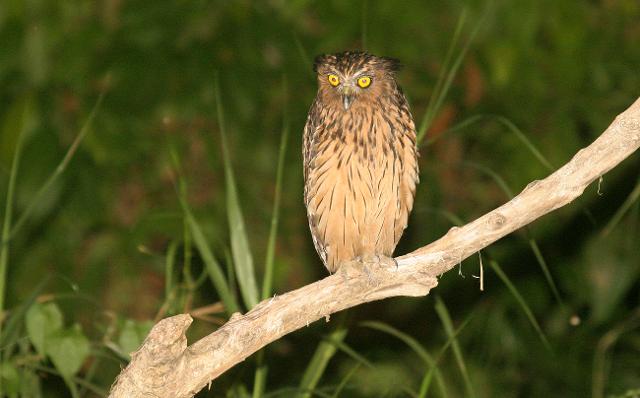
Buffy Fish Owls were also commonly seen in all locations during the expedition. Watching them hunt intently every night was amazing.

Oriental Pied Hornbill at Kinabatangan River.

Rhinoceros Hornbill at Kinabatangan River.
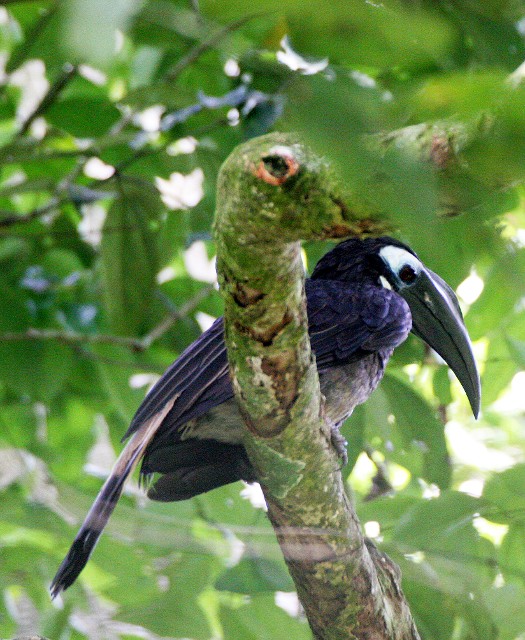
Bushy Crested Hornbill at Gamontong Caves.

Storm's Stork at Kinabatangan River.
